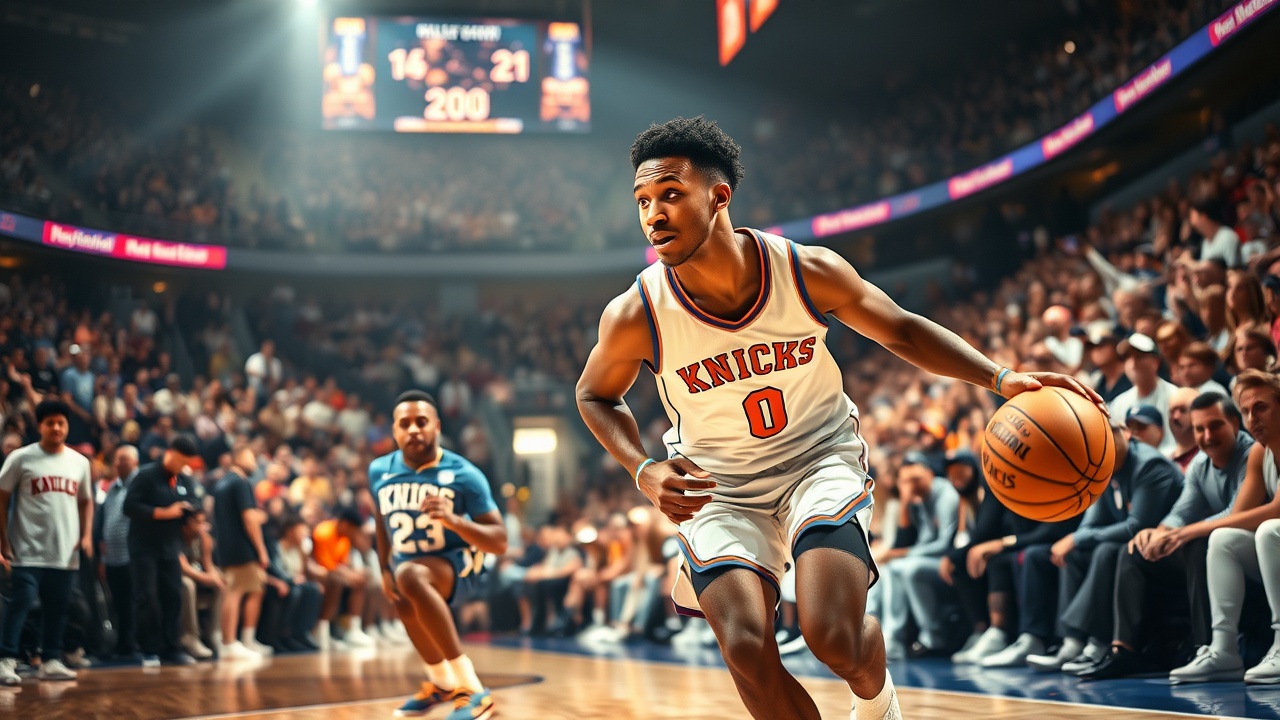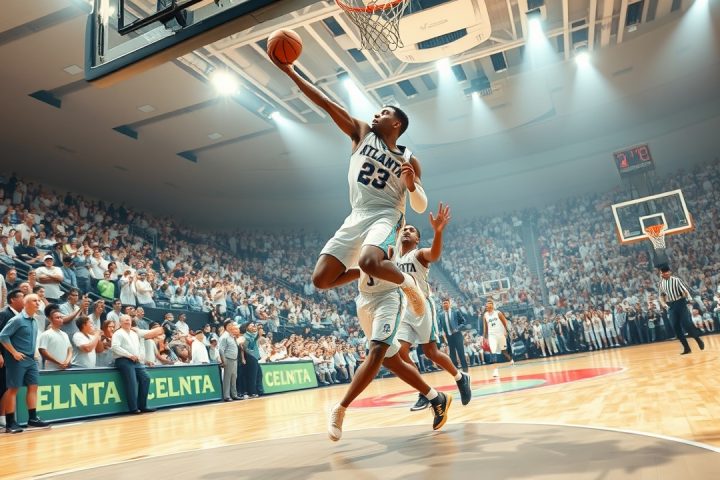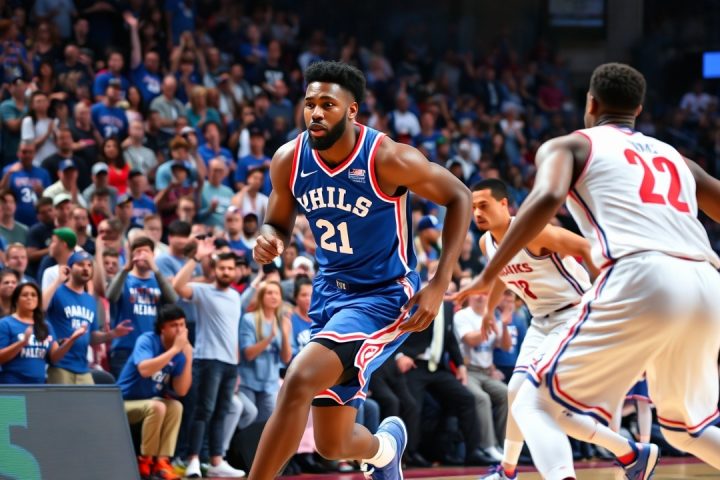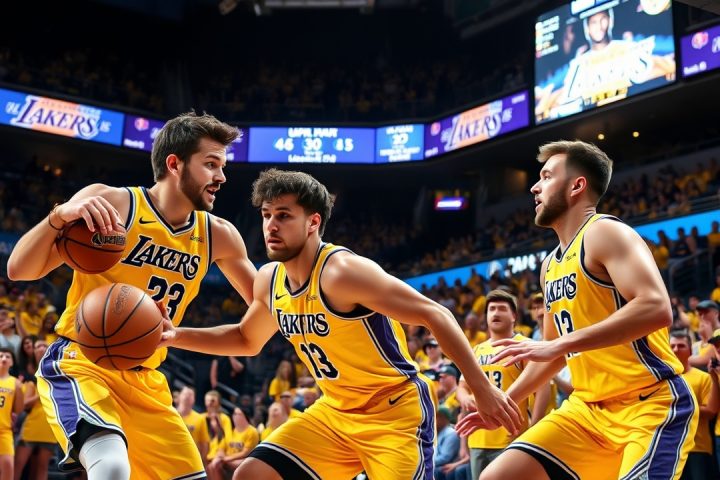The New York Knicks and Mike Brown’s Appointment
The New York Knicks recently made headlines with the appointment of Mike Brown as their head coach, a decision that many observers initially centered around the prospects of All-Stars Jalen Brunson and Karl-Anthony Towns. However, eyes might want to shift to Mikal Bridges, who stands to benefit significantly from this development. Bridges, a two-way wing who recently inked a substantial four-year extension worth $150 million, is poised to shape his future with the Knicks amidst New York’s ambitions for a championship run.
Mikal Bridges’ Performance and Potential
Last season marked Bridges’ first full term with the Knicks, following a trade that saw New York surrender five future draft selections to acquire him from the Brooklyn Nets. His initial performance was marked by inconsistencies; there were shining moments, such as his extraordinary 41-point game on Christmas against the San Antonio Spurs, a dramatic buzzer-beater against the Portland Trail Blazers, and crucial defensive plays against the Boston Celtics in the playoffs. Conversely, some outings were disappointing; for instance, he recorded a scoreless night with an 0-for-9 effort against the Oklahoma City Thunder. Although his overall statistics reflected a respectable 17.6 points per game on 50% shooting, Bridges often appeared uneasy within the team’s system.
Shooting Adjustments and Challenges
After adjusting his shooting technique during the last season, his three-point shooting dropped to 35.4%—the lowest mark since his rookie year. While he demonstrated efficiency from corner three-point attempts at 42.4%, his above-the-break shooting was markedly weaker, clocking in at only 30.5%. In the playoffs, he managed to convert 36.2% of his above-the-break shots but struggled with the corner attempts at just 32.3%.
Coaching Impact and Strategic Changes
The Knicks’ new head coach, Mike Brown, known for his fast-paced offensive approach while with the Sacramento Kings, could implement strategies that elevate Bridges’ game. During his tenure in Sacramento, Brown’s teams ranked highly in both assist rate and total passes made, allowing players like Domantas Sabonis to excel as creators. By utilizing Towns similarly to how he used Sabonis, Brown could create more space for Bridges, leveraging Towns’ shooting ability to open driving lanes for Bridges and others. Previously, Bridges thrived in an off-ball role as a cutter with the Phoenix Suns, showcasing his offensive instincts.
Defensive Responsibilities and Areas for Improvement
On the defensive end, Bridges emerged as New York’s main perimeter defender, often tasked with marking opposing ball handlers. However, he faced challenges, particularly when navigating screens against adept guards such as Tyrese Haliburton and Trae Young. Shifting to a more switch-heavy defense strategy could alleviate some of the pressure on Bridges. Additionally, the Knicks may need to consider increasing Miles McBride’s minutes to relieve Bridges from such demanding defensive duties, although it seems unlikely to fundamentally alter the team’s star quintet.
Conclusion: The Path Forward for Mikal Bridges
Despite the change at the helm, Bridges has areas he can refine independently. A more aggressive approach that embraces contact would serve him well; too often, he opted for fadeaway shots in mid-range scenarios instead of absorbing contact. Impressively, he shot 51.3% from three to 10 feet last season, but his overall free-throw attempts were alarmingly low—just 118 over 3,036 minutes, a stark contrast to the nearly 200 he supplied during the previous season with the Nets despite playing fewer minutes. Striking a better balance in shot selection and a willingness to engage defenders when driving the lane could enhance both his efficiency and the Knicks’ offensive output overall.




